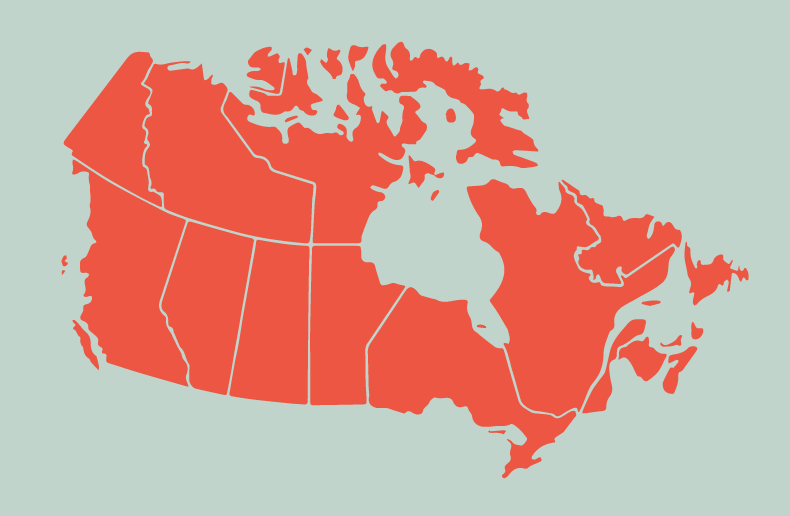The Office of the Superintendent of Financial Institutions (OSFI) released two draft frameworks on June 1, one of which applies to internationally active life insurance groups.
The Parental Stand-alone (Solo) Capital Framework for internationally active life insurance groups, a framework aligned with international best practices, according to OSFI’s statement and call for public comment, discusses calculations for solo capital, guarantees and solvency buffers.
“The two solo frameworks focus on the loss-absorbing capacity of the Canadian parent bank or Canadian parent operating life insurer, rather than its entire, consolidated operations, allowing OSSFI to assess the stand-alone financial strength of the parent and its ability to act as a source of strength for its subsidiaries and branches. These two draft guidelines (the second is entitled Parental Solo Total Loss-Absorbing Capacity Framework for Domestic Systemically Important Banks) complement OSFI’s existing total loss-absorbing capacity (TLAC) and capital guidelines.”
They continue, stating that the TLAC guideline and the life insurance capital adequacy test (LICAT) guideline measure loss-absorbing capacity and capital on a group consolidated basis, not a stand-alone legal entity or solo basis.
“When the parent of an internationally active financial group is adequately capitalized on a stand-alone basis, its capacity to protect the interests of its depositors, policyholders and creditors from losses in times of stress is greatly enhanced,” the framework states. “Such capitalization allows the parent to function as a source of strength to its subsidiaries and foreign branches. These outcomes are aligned with OSFI’s mandate of protecting the interest of depositors, policyholders and creditors. The framework is also consistent with OSFI’s international commitments pertaining to the regulation and supervision of financial institutions.”




